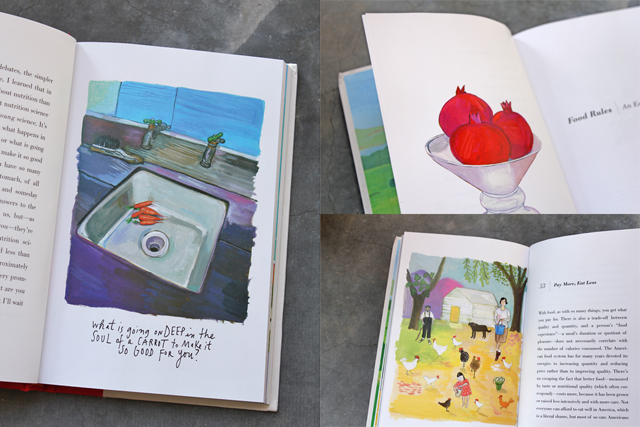I have previously written about my admiration for illustrator / cartoonist
Erich Sokol, whose brilliant work appeared in
Playboy Magazine. A collection of his work recently published by
Residenzverlag includes some of his preliminary studies.
 |
| Napoleon (preliminary study) |
 |
| Napoleon (finished version) |
Sokol does not wait until the final image to worry about good design and composition. They are present in the very first small fragments.
Note how strongly Sokol locates this sketch on the page...
...or how he starts out early identifying and then emphasizing the rhythm and harmony of the human forms:
Like many other artists, Sokol's building blocks contain the DNA of a finished artistic statement.
No matter how small or incomplete, details and fragments such as these can encompass the artist's genetic code and are well worth our attention.







